Reduce Environmental Impact
Allow continuous monitoring of ecosystems without disturbing sensitive environments, providing crucial insights for conservation.
Drones transform environmental monitoring by providing real-time data to track changes and protect ecosystems more effectively.
SCHEDULE A FREE MEETING
Explore our services and find the fight solution for your project
Innovating for Conservation and Cost Efficiency
Drones offer an innovative, non-invasive way to monitor ecosystems, track environmental changes, and provide real-time data for conservation efforts.
By detecting issues early and reducing the need for manual fieldwork, drones help environmental projects stay on track while minimizing costs, creating more cost-effective conservation efforts for clients.
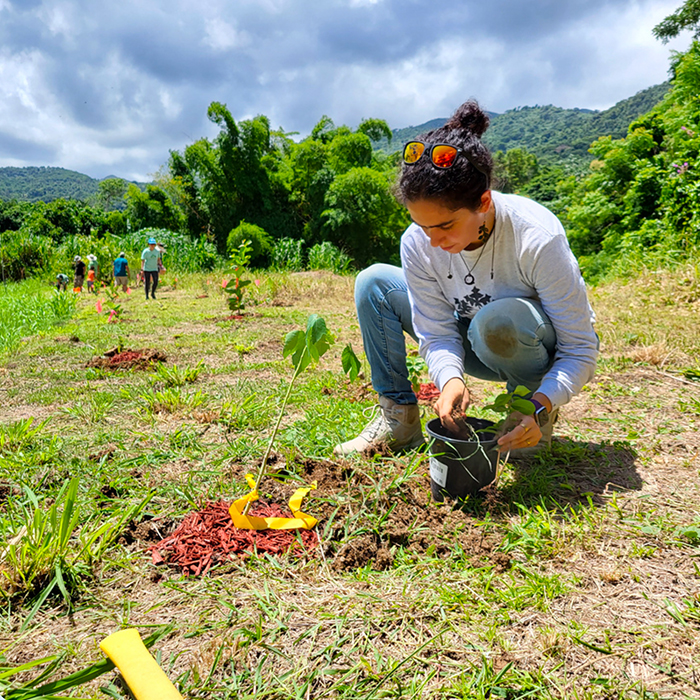
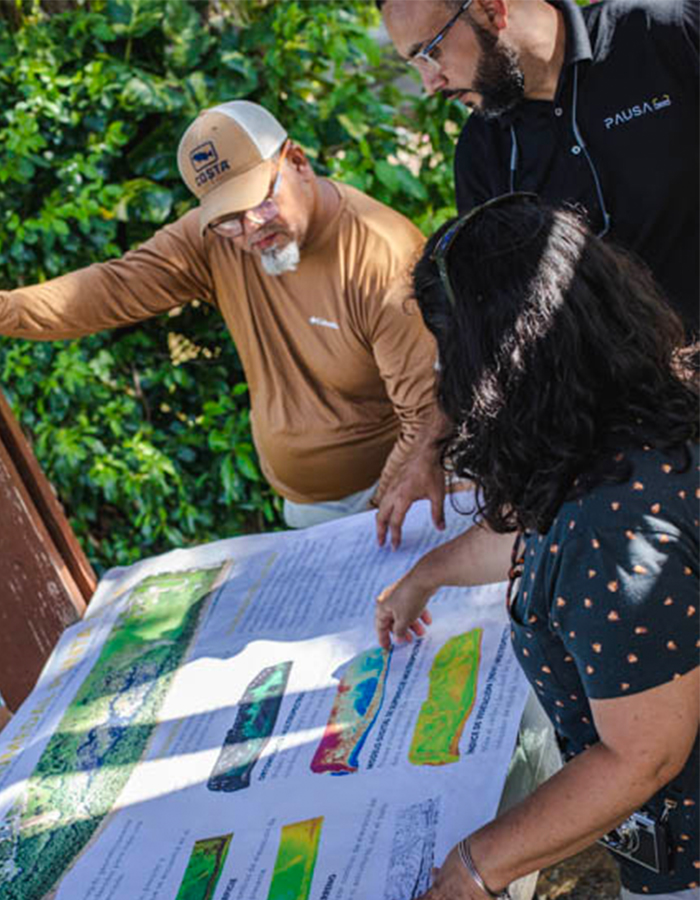
Top 5 challenges in environmental monitoring that drones can help address
- Limited Access to Remote or Sensitive Areas – Monitoring remote or fragile ecosystems can be challenging and disruptive. Drones offer a non-invasive way to access and monitor these areas, reducing environmental impact while providing detailed data.
- Inconsistent Data Collection – Traditional methods of environmental monitoring may lack consistency due to human error or limited coverage. Drones provide accurate, repeatable data collection, ensuring better consistency over time.
- Slow Detection of Environmental Changes – Delays in detecting changes like deforestation, erosion, or habitat loss can hinder conservation efforts. Drones deliver real-time data, allowing for faster identification and response to environmental changes.
- Manual Labor Intensive Monitoring – Monitoring vast areas manually can be resource-intensive. Drones automate the process, allowing for efficient monitoring of large landscapes while reducing labor and travel requirements.
- Inaccurate or Outdated Mapping – Static maps can quickly become outdated, especially in dynamic ecosystems. Drones generate up-to-date, high-resolution maps that provide an accurate understanding of current environmental conditions.
Top 5 uses for drones in environmental monitoring
Drones provide real-time data on ecosystems, helping to track changes in vegetation, wildlife, and habitats over time without disturbing sensitive environments.
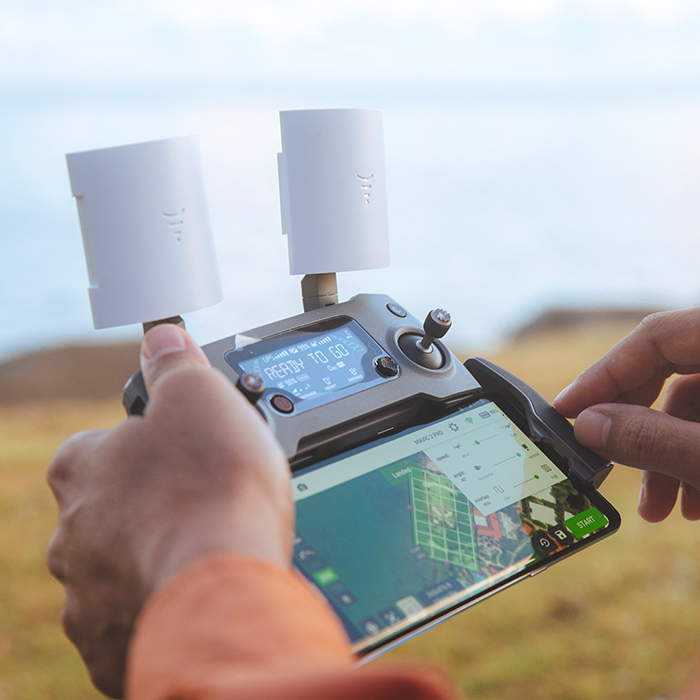

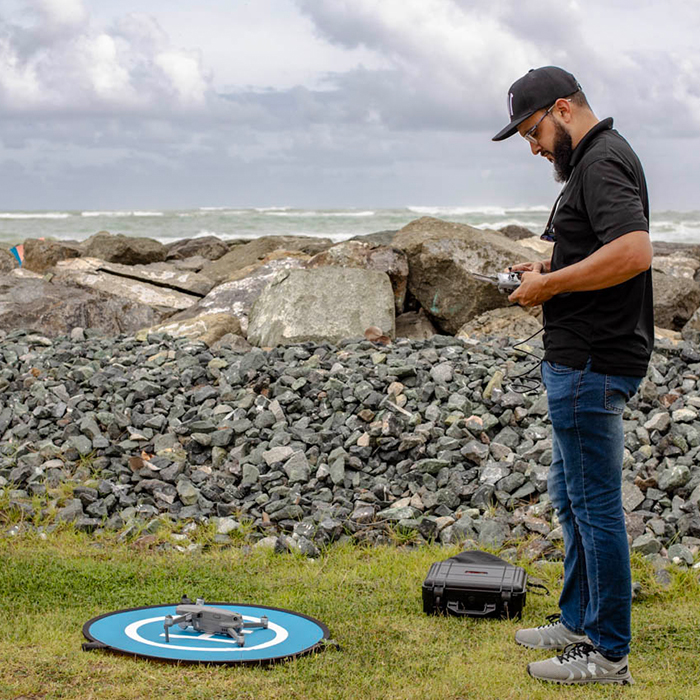
Drones offer detailed images and data that help monitor and assess coastal erosion, aiding in the development of nature-based solutions for shoreline protection.


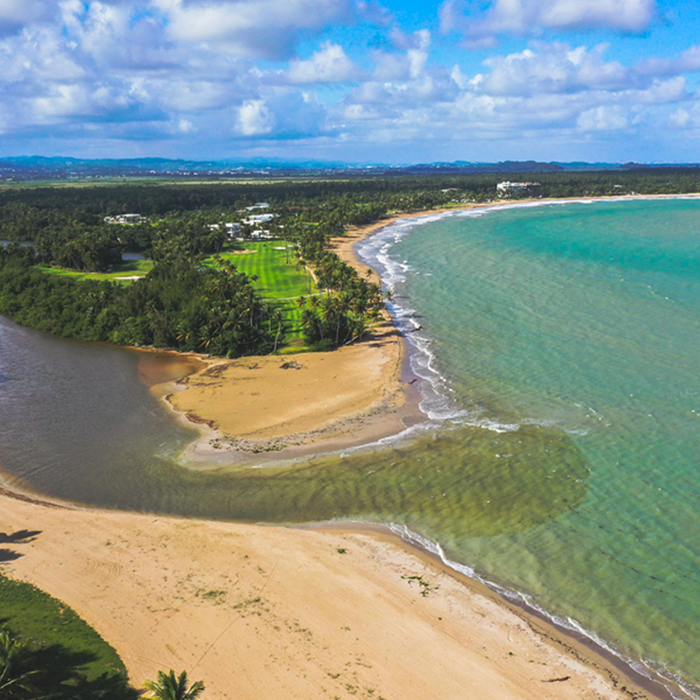
Drones can be used to plant seeds in reforestation efforts or monitor the progress of habitat restoration projects, ensuring more efficient resource use.
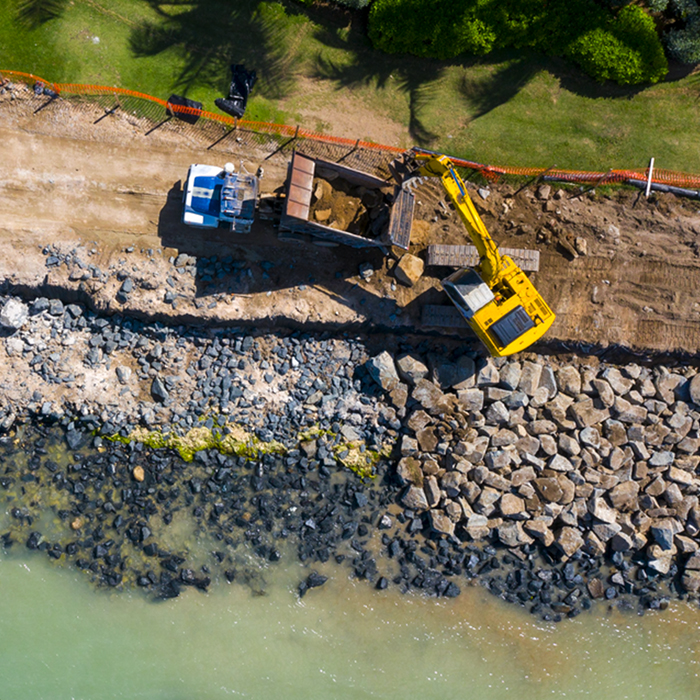
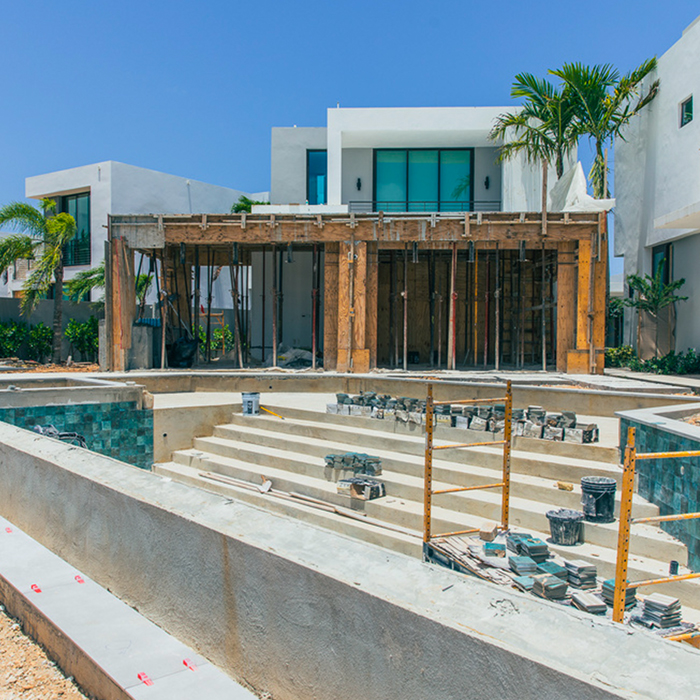
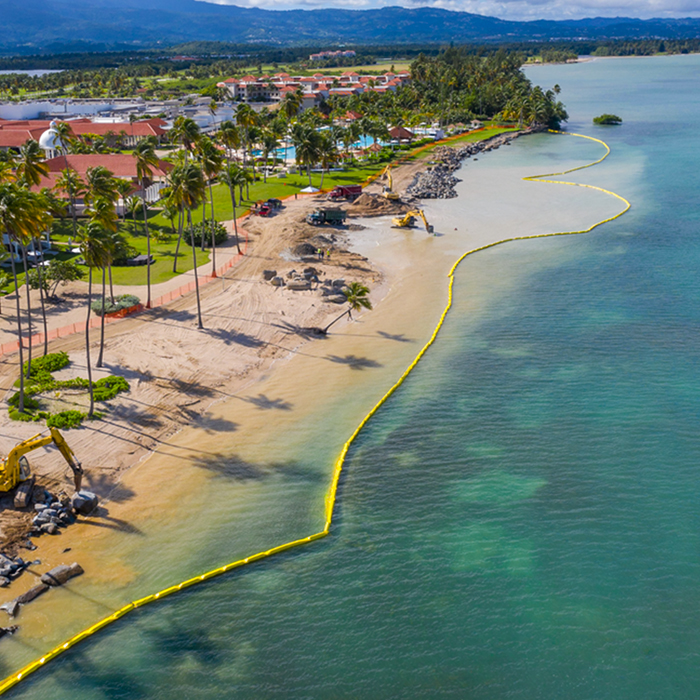
Drones help monitor wildlife populations and movements in remote or inaccessible areas, allowing for better conservation strategies and anti-poaching efforts.
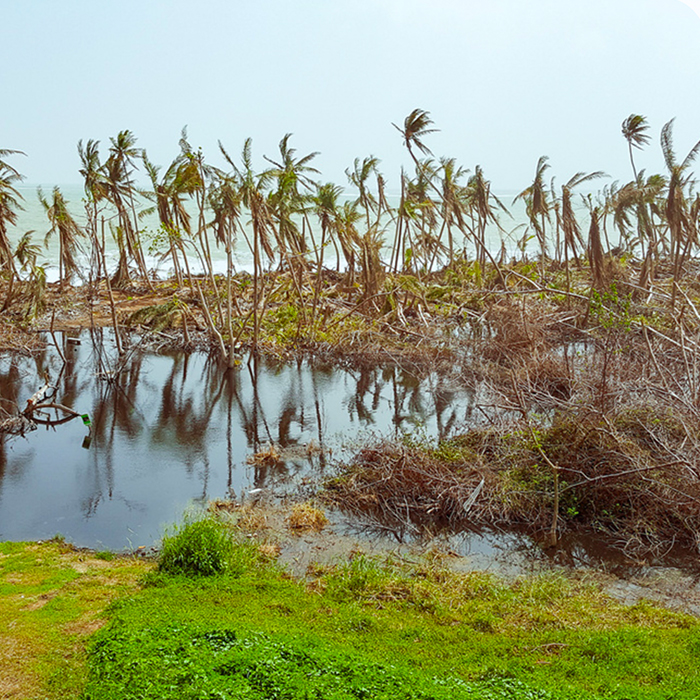
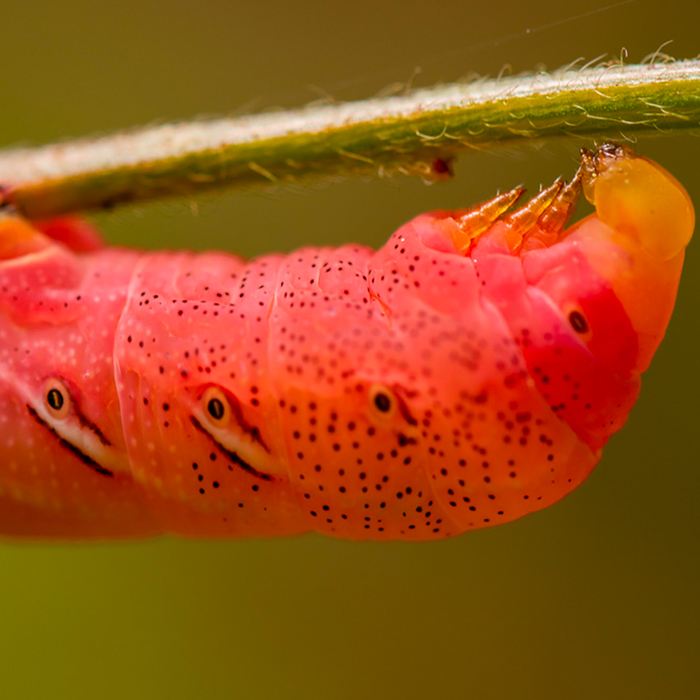
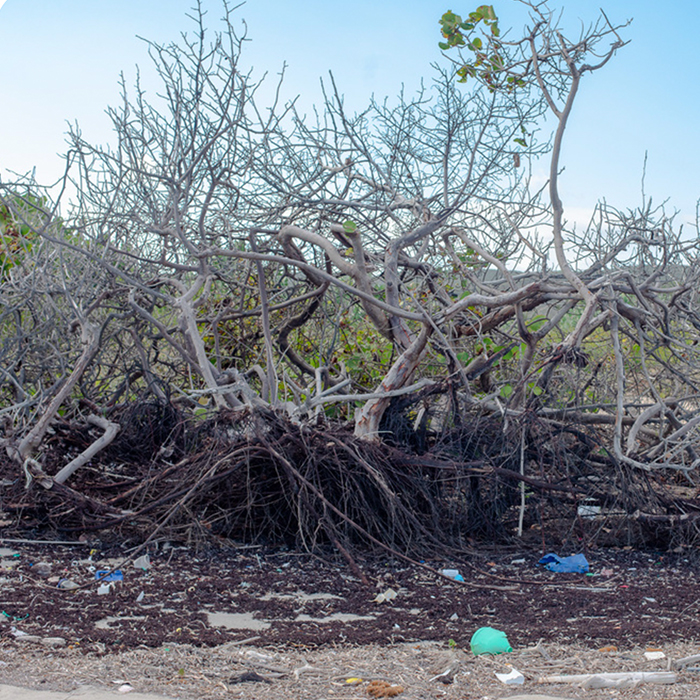
Drones equipped with sensors can monitor pollution levels in the air or assess water quality in lakes, rivers, and coastal regions, supporting environmental protection initiatives.


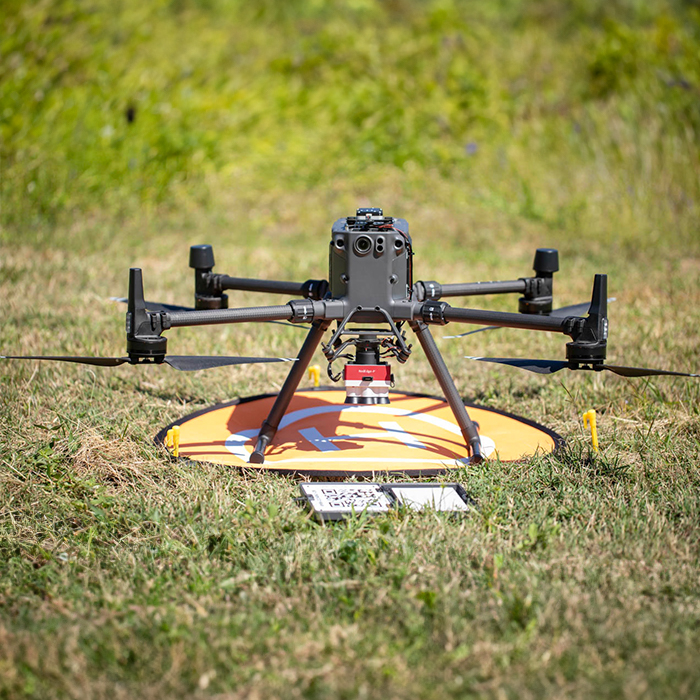
Environmental Projects



Why hire a licensed drone pilot?
To legally conduct any commercial drone work, operators must hold a Federal Aviation Administration (FAA) Part 107 license. This ensures your project complies with all federal regulations and operates safely.
Licensed pilots, like those at PAUSA365, are trained in airspace rules, flight safety, and emergency procedures, which helps mitigate risks and avoid potential legal issues.
Additionally, we carry liability insurance and follow strict safety protocols, giving you peace of mind and professional results. Operating without a Part 107 License is illegal, and both the pilot and client could face significant fines for non-compliance.
Drones provide high-resolution, real-time data on ecosystems, allowing for continuous monitoring without disturbing the natural environment, which is essential for conservation efforts.
Drones can collect data on vegetation health, wildlife movements, land use, coastal erosion, and pollution levels, supporting various environmental projects.
Drones offer a non-invasive way to monitor and assess ecosystems, track changes in real time, and provide actionable insights that guide habitat restoration and preservation strategies.
Yes, drones reduce the need for labor-intensive fieldwork, cut travel expenses, and provide consistent data, making environmental monitoring more efficient and cost-effective.
Yes, drones offer visual documentation of each phase of the project, making it easy to create detailed reports for stakeholders and ensuring transparency.
Our Main
Clients
- Environmental Consultants
- Conservation Organizations
- Government Agencies
- Ecologists & Biologists
- Environmental & Community Based NGO’s


